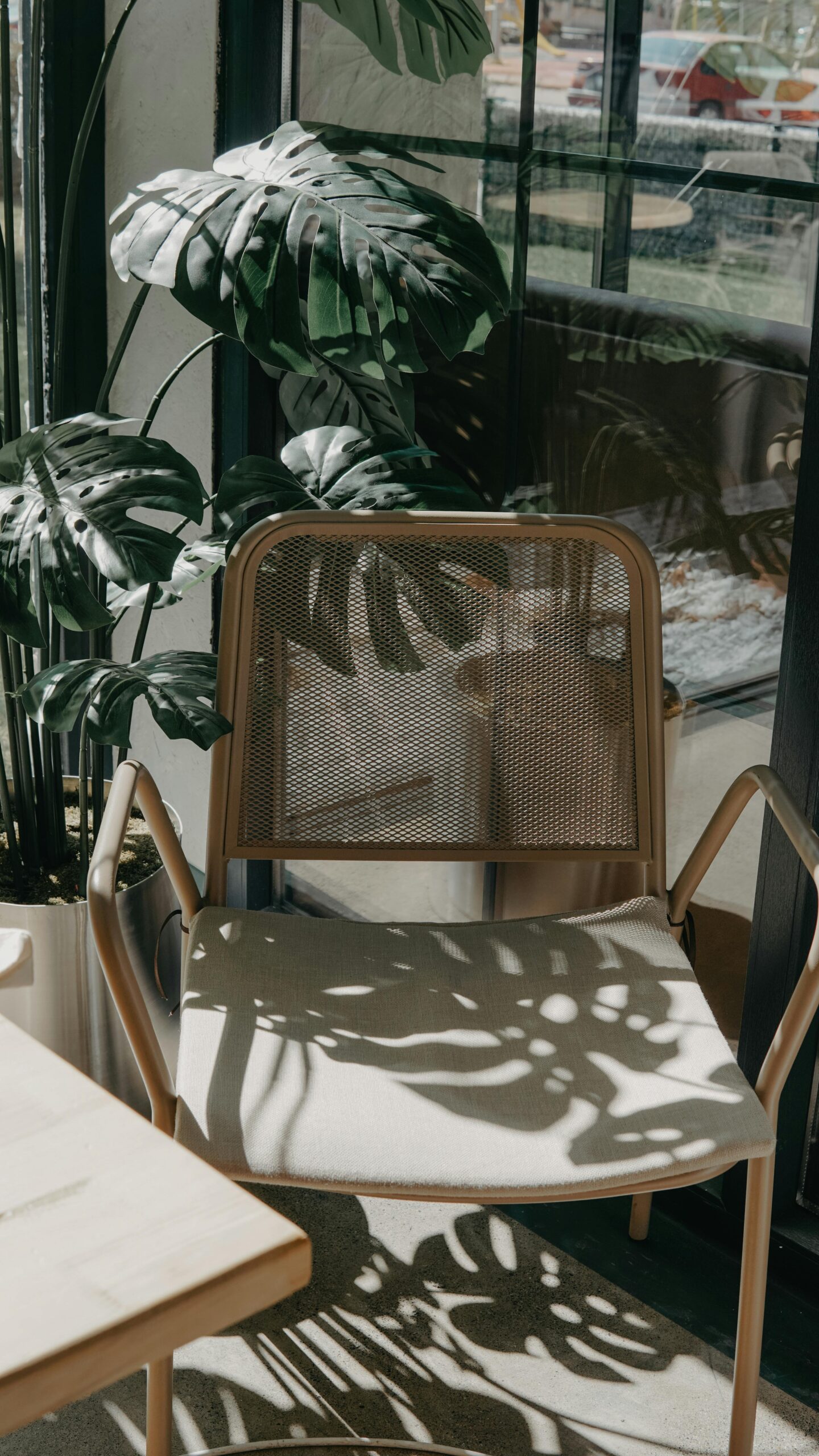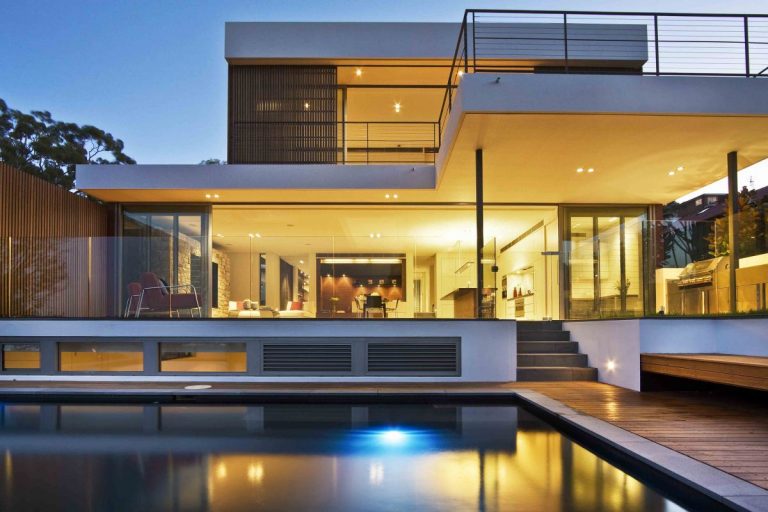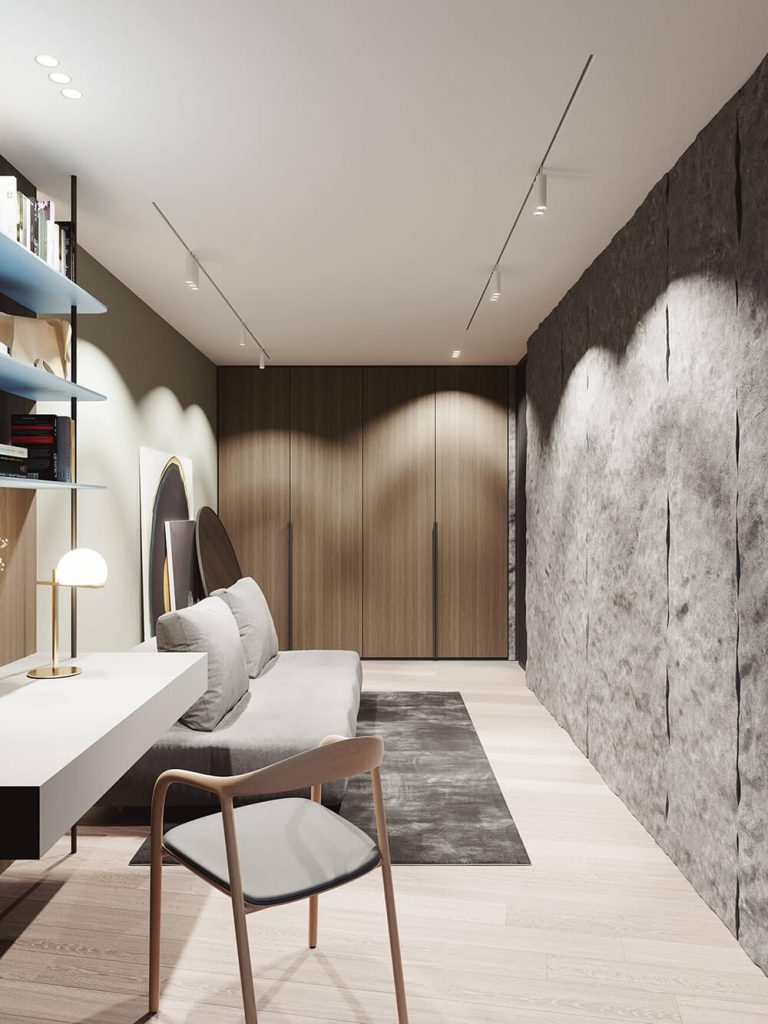Mastering Biophilic Design: How Natural Furniture Transforms Your Home
Mastering Biophilic Design: How Natural Furniture Transforms Your Home
Step inside a space that feels different. It is calm, clear, and restorative. Your shoulders relax, your breathing deepens, and you feel an immediate sense of connection. This is the power of biophilic design. It is an approach built on the simple truth that we, as humans, have an innate need to connect with nature. More than just placing a few potted plants on a windowsill, true biophilic design is a holistic philosophy that transforms your home into a sanctuary. At its heart lies the most tangible element of your space: your furniture. By choosing pieces crafted from natural materials, you invite the serenity and vitality of the outdoors inside, fundamentally changing how you experience your home.
The essence of biophilic design
Coined by biologist Edward O. Wilson, the term ‘biophilia’ describes our inherent desire to affiliate with nature. Biophilic design translates this concept into the built environment. It is about creating spaces that do more than just shelter us; they nurture us. While direct connections like houseplants and water features are important, the philosophy also embraces indirect and symbolic links. Think of natural light, patterns that mimic those found in nature, and, most importantly, the materials you touch and interact with daily. The adoption of this philosophy is a growing trend, with the global biophilic design market projected to reach over $98 billion by 2025. This surge shows a collective shift towards creating healthier, more human-centric interiors, a principle now embraced by many of the world’s most innovative visionaries, from Silicon Valley tech campuses to Miami’s premier designers.
Natural furniture as the soul of your space
Furniture forms the foundation of your home’s character. It is the element you physically engage with most, making it the perfect vehicle for biophilic principles. Choosing furniture made from wood, stone, and natural fibers grounds your design in authenticity and creates a multisensory experience that synthetic materials cannot replicate.
Choosing your materials
The materials you select are your primary tools. Each one brings its own unique texture, story, and energy into your home.
- Wood: Materials like solid oak, warm walnut, and pale ash bring visual warmth and texture. The unique grain of each piece tells a story, offering a direct visual connection to the natural world.
- Stone: Travertine, marble, and slate introduce a cool, grounding element. A stone coffee table or console feels solid and permanent, echoing the enduring presence of nature.
- Natural Fibers: Rattan, jute, bamboo, and wool soften a space. A woven rattan chair or a thick wool rug adds a layer of comfort and tactile interest that invites you to touch and relax.
The role of form and function
Beyond materials, the shape of your furniture matters. Biophilic design favors organic forms, gentle curves, and lines that evoke natural landscapes. Instead of rigid, sharp angles, look for pieces with soft edges that mimic the flow of water or the curve of a hillside. This is where craftsmanship shines. Artisans who work with natural materials often honor the material’s original form, creating pieces that feel both sculpted and raw. Exploring bespoke options like custom-made Italian furniture allows for a deeper collaboration in creating these unique, nature-inspired forms for your home.
How biophilic design enhances other styles
Biophilic design is not a rigid, standalone aesthetic. It is a philosophy that can be woven into any interior style to elevate it. It provides a layer of warmth, texture, and soul that enhances the core principles of other popular aesthetics, making them more livable and resonant.
Biophilic minimalism
Minimalism’s focus on simplicity and uncluttered spaces can sometimes feel stark or cold. This is where biophilic elements become essential. A live-edge wood table, a beautifully veined marble surface, or a hand-knotted wool rug can serve as the focal point in a minimalist room. These natural pieces add necessary warmth and texture without creating clutter, perfectly balancing clean lines with organic soul. This fusion is a key step in mastering minimalist interior design for a home that feels both modern and deeply comforting.
Sustainable and biophilic synergy
There is a powerful and natural overlap between biophilic design and sustainability. Choosing furniture made from reclaimed wood, recycled stone, or rapidly renewable resources like bamboo directly supports a healthier planet. This conscious choice enriches your home’s story, creating a space that is not only beautiful and calming but also ethically sound. When you embrace the powerful principles of sustainable interior design, you are inherently making biophilic choices.
The science-backed benefits of a nature-infused home
The appeal of biophilic design goes far beyond aesthetics. A growing body of scientific research confirms its profound impact on our well-being. According to a landmark report by Terrapin Bright Green, a leader in environmental consulting, environments with natural elements can boost productivity by 8% and creativity by 15%. Further studies, like those published in the Journal of Environmental Psychology, show that even passive exposure to natural patterns and materials can significantly reduce stress and improve cognitive function. By incorporating natural furniture, you are not just decorating; you are actively designing a space that supports your mental and physical health.
| Area of Impact | Documented Improvement |
|---|---|
| Well-Being | 15% higher reported well-being |
| Productivity | 8% increase in office environments |
| Stress Reduction | Lowered blood pressure and heart rates |
| Creativity | 15% increase in creative-based tasks |
| Healing Rates | Accelerated recovery in healthcare settings |
Source: Data compiled from Terrapin Bright Green and various environmental psychology studies.
Your sanctuary, reimagined
Mastering biophilic design is about making a fundamental shift in perspective. It encourages you to see your home not as a collection of objects, but as a living, breathing ecosystem designed to support you. Natural furniture is the most powerful tool in this transformation. Each piece of wood, stone, or fiber acts as an anchor, connecting you to the grounding, restorative energy of the natural world. By thoughtfully selecting furniture that honors organic materials and forms, you move beyond mere decoration. You begin to curate an environment that calms your mind, inspires your creativity, and truly feels like a sanctuary. This is the ultimate luxury: a home that nurtures you from the inside out.
Frequently asked questions
What is the difference between biophilic design and just adding houseplants?
Adding plants is a part of biophilic design (a direct connection to nature), but the philosophy is much broader. It also includes indirect connections, like using natural materials (wood, stone), organic shapes, and maximizing natural light, to create a holistic, nature-inspired environment.
Can biophilic design work in a small apartment?
Absolutely. In smaller spaces, biophilic design is even more impactful. Focus on a few key pieces of natural furniture, use mirrors to amplify natural light, choose a color palette of earthy tones, and incorporate smaller plants and natural textiles to create a sense of calm and connection without clutter.
Is furniture made from natural materials expensive?
Like any furniture, the cost varies widely based on craftsmanship, rarity of material, and designer. While high-end solid wood or marble pieces are an investment, you can find accessible options made from bamboo, rattan, or jute. Shopping vintage or reclaimed pieces is another excellent way to incorporate natural materials affordably.
How do I care for natural wood furniture?
Care is straightforward. Dust regularly with a soft cloth. Use coasters to prevent water rings and avoid placing furniture in direct, harsh sunlight which can cause fading. For deeper cleaning, use a mild, wood-safe soap diluted in water, and apply a quality furniture polish or wax every few months to maintain its luster.
What are the best natural materials for a high-traffic area?
For high-traffic zones like living rooms or entryways, choose durable materials. Hardwoods like oak and maple are excellent for tables and chairs. For rugs, wool is incredibly resilient and easy to clean. Stone surfaces like granite or slate are also extremely durable for console or coffee tables.
Can I mix different types of wood in a biophilic design?
Yes, mixing woods adds depth and authenticity, just as you would see in a forest. The key is to maintain a consistent undertone (warm, cool, or neutral) among the different wood species to ensure the space feels cohesive rather than chaotic.
Image by: thecactusena
https://www.pexels.com/@thecactusena


